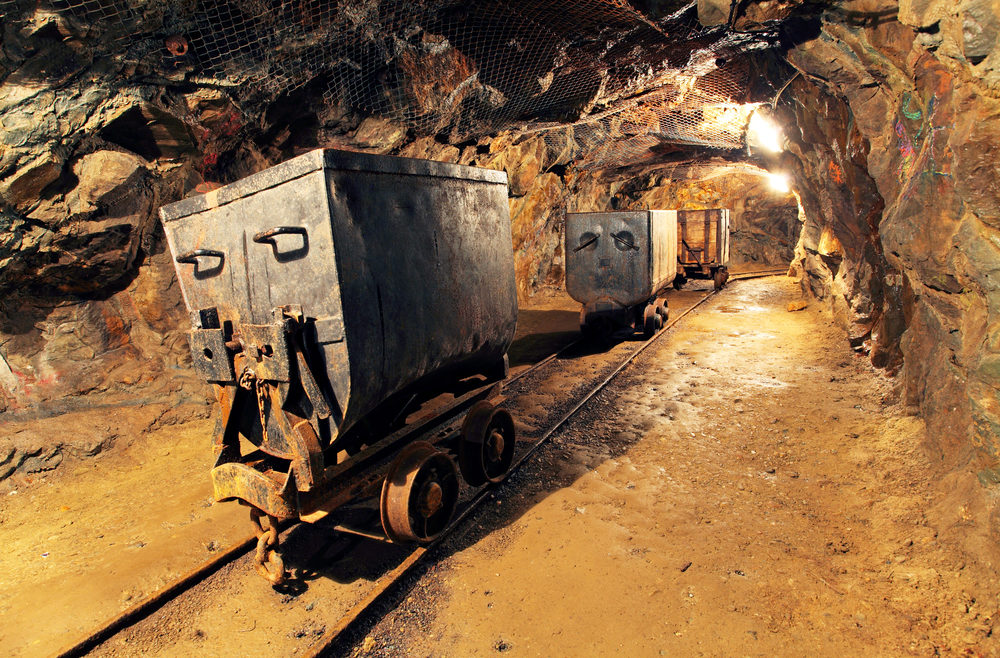Exposure to Silica Dust Linked to Lung Cancer Risk: Study

Two new studies raise questions about the safety of mining practices that expose workers to large amounts of silica dust, suggesting that it could increase the risk of serious health problems.
Researchers from the University of Louisville warn that chronic exposure to crystalline silica dust can cause a form of lung cancer, raising concerns over the safety of some mining operations.
The study was published in the journal Nature Communications on April 29, indicating that exposure to crystalline silica (CS) causes an inflammatory lung disease known as silicosis, which can eventually become lung cancer.

Did You Know?
Millions of Philips CPAP Machines Recalled
Philips DreamStation, CPAP and BiPAP machines sold in recent years may pose a risk of cancer, lung damage and other injuries.
Learn MoreThe study came out days after researchers from Occupational Knowledge International and from the African Barrick Gold-North Mara Mine in Tanzania released a study that found that gold miners exposed to crystalline silica face an increased risk of silicosis, lung cancer and pulmonary tuberculosis. Their study was published on April 21 in the Journal of Occupational and Environmental Hygiene.
In the University of Louisville study, led by Haribabu Bodduluri, PhD, professor of microbiology and immunology, researchers found a causal link between inhaled silica and lung cancer. The findings are deemed crucial because about 2 million U.S. workers could be exposed to crystalline silica that could be inhaled.
The problem is even more prevalent in mines in less developed countries.
“We believe this is a significant step in our understanding of how environmental exposure alters the ay lung cancer progresses,” Bodduluri said in a press release. “It is our hope that this new information will allow for the more rapid development of treatments for this currently incurable disease.”
CS has already been deemed a human carcinogen, but this study is the first to supposedly find the processes that lead from silicosis to lung cancer.
Researchers found that people cannot cough up all the small particles, and the macrophages in the body that eat the particles die, causing persistent sterile inflammation that can eventually lead to lung cancer.
The study in Africa was the first ever to measure actual silica exposures in small-scale gold mining operations. The researchers found that exposure to CS was 337 times higher than the recommended limit set by the U.S. National Institute for Occupational Safety and Health.
As a result of the findings, researchers are urging mines to put in place control measures that will reduce CS exposure.
“Simple dust controls including the use of wet methods with plumbed water directed to specialized spray misting nozzles has been shown to be effective in significantly lowering respirable crystalline silica and fine particulate matter in similar small-scale rock crushing operations,” they concluded. “With additional investment in equipment and extending water supplies, dust exposures can be reduced along with associated incidence of silicosis and TB among small-scale miners.”
Get more articles like this sent directly to your inbox.
"*" indicates required fields





0 Comments